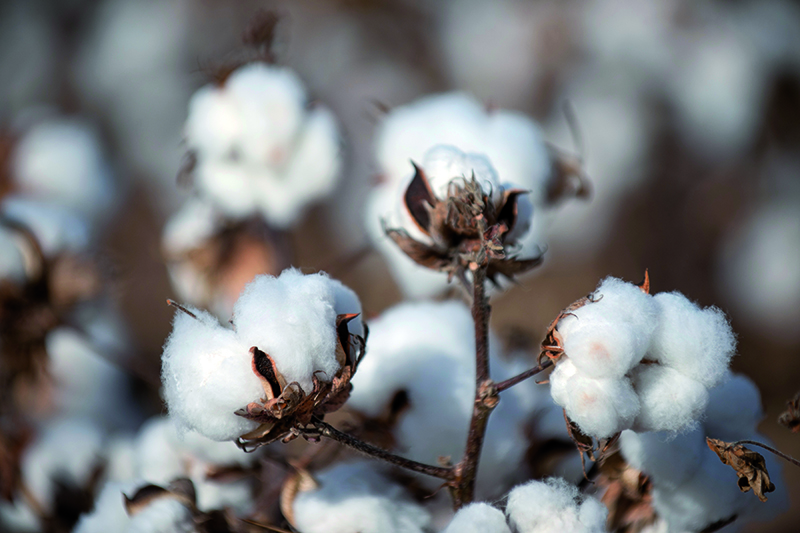The industrial sector has seen a successful revival in recent years, driven by government policy, local entrepreneurs and international investors

During Soviet times, the state-planned economy of Tajikistan focused largely on agriculture, such as producing cotton, grains, vegetables, fruit, meat, eggs, milk and wool. Notable industrial development included the establishment in 1975 of the world’s largest aluminum smelter. With a 500,000-ton annual smelting capacity, this production facility remains one of the best-known examples of Tajik industrial development. Located in what is now the city of Tursunzoda, the smelter became the core of the Tajik Aluminum Company (TALCO). Today it remains the largest aluminum manufacturing plant in Central Asia and its management is currently perfecting a strategy to modernize facilities and diversify its production base.
Beyond TALCO, Tajikistan’s northern region of Sughd was especially nominated by Soviet planners as the center of industrial development in the republic. Its proximity to regional road and rail transport networks connecting it to neighboring republics made it better suited than the country’s south for the movement of precursors and finished materials. This included extensive chemical production, machine-part manufacturing, food processing, and most notably textiles. This part of the country is still well known for the latter, with numerous textile factories producing carpet, clothing, and to a lesser extent, silk garments. In fact a modern factory established under the auspices of a U.S. development project produces cotton garments sold in Europe for the Carrera brand.
Civil conflict during the early to mid 1990s impacted dramatically on newly independent Tajikistan’s industrial base. Combined with damage to infrastructure and the disruption of supply chains, the brain drain caused by an exodus of technical specialists caused a steep decline in production. However, following the stabilizing of the country from the late 1990s, industry has seen consistent recovery and a revamp, as it orientated itself to the global market economy.
The development of food processing capacity remains a priority for the government. One reason is the sheer volume produced by the country’s robust agricultural sector, and the challenges in refrigerating, storing and transporting this produce to export markets. Yearly crop yields reach impressive volumes for a mainly mountainous country, with limited flat, arable land. According to official statistics, annual production reaches the following for the agricultural commodities listed: wheat (947,000 tons), rice (78,000 tons), potatoes (1 million tons), vegetables (1.5 million tons), fruit (330,000 tons), grapes (175,000 tons) and meat (173,000 tons).
Establishing factories for packaging, drying, processing, canning and other value addition, to allow for export, is an area of activity that the government has highlighted to potential investors and showcased during international business forums. Besides Tajikistan itself, adjacent markets, including China and Afghanistan, offer lucrative potential based on the growing demand in these countries.
Underpinning a strong recovery in the textiles business is the huge volumes of raw cotton produced in the country, which annually reach 350,000–450,000 tons, according to Kasim Rohbar, Minister of Agriculture. The cotton is generally exported in a raw, unprocessed state, however new factories are opening up almost continuously to add value to the crop. Traditionally these have been concentrated in the Sughd Region and its capital Khujand, but new enterprises have been established in the southern parts of Tajikistan, especially in Khatlon Region. In fact in December 2014 construction began there on the largest textile facility in Central Asia. This complex, currently being built in Dangara District, will be able to process approximately 52,000 tons of cotton annually. Once the spinning mill is in operation, which is expected to take place in the third quarter of this year, it will produce approximately 500 million square feet of fabric annually. These first stages of development will create jobs for around 600 people. Over the years to come, the complete development of the full four stages of the complex is predicted to require a total of 6,000 workers.
Mining, a reoccurring industry throughout Tajikistan’s history, has been successfully revamped in recent years with the involvement of foreign partners. An example of this is the Zarafshon gold mine near Panjikent, north of Dushanbe. In fact the ancient name of the mine site is derived from the Persian for “spreader of gold”, indicative of the long history of gold finds and the richness of the deposit. Significant quantities of silver also exist in the north, most notably based on recent discoveries at the Bolshoy Kanimansur site. Antimony, used in a variety of applications, has also been found in large quantities in Tajikistan. Altogether some 70 different minerals have been discovered during the modern period of Tajikistan’s history, offering potential for future development of the extractive sector based on commodity price fluctuations.
In response to the number of infrastructure and construction projects taking place in the country, it is not surprising that local industry has reacted to this area as well. The proliferation of enterprises specializing in construction materials to meet demand has resulted in record levels of production. The announcement in October 2014 of 1 million metric tons of cement production being recorded in Tajikistan for the first time ever is an example of this trend. With the heavy tempo of mega-projects continuing, it is likely this figure will increase in response to the market’s increasing appetite.
0 COMMENTS